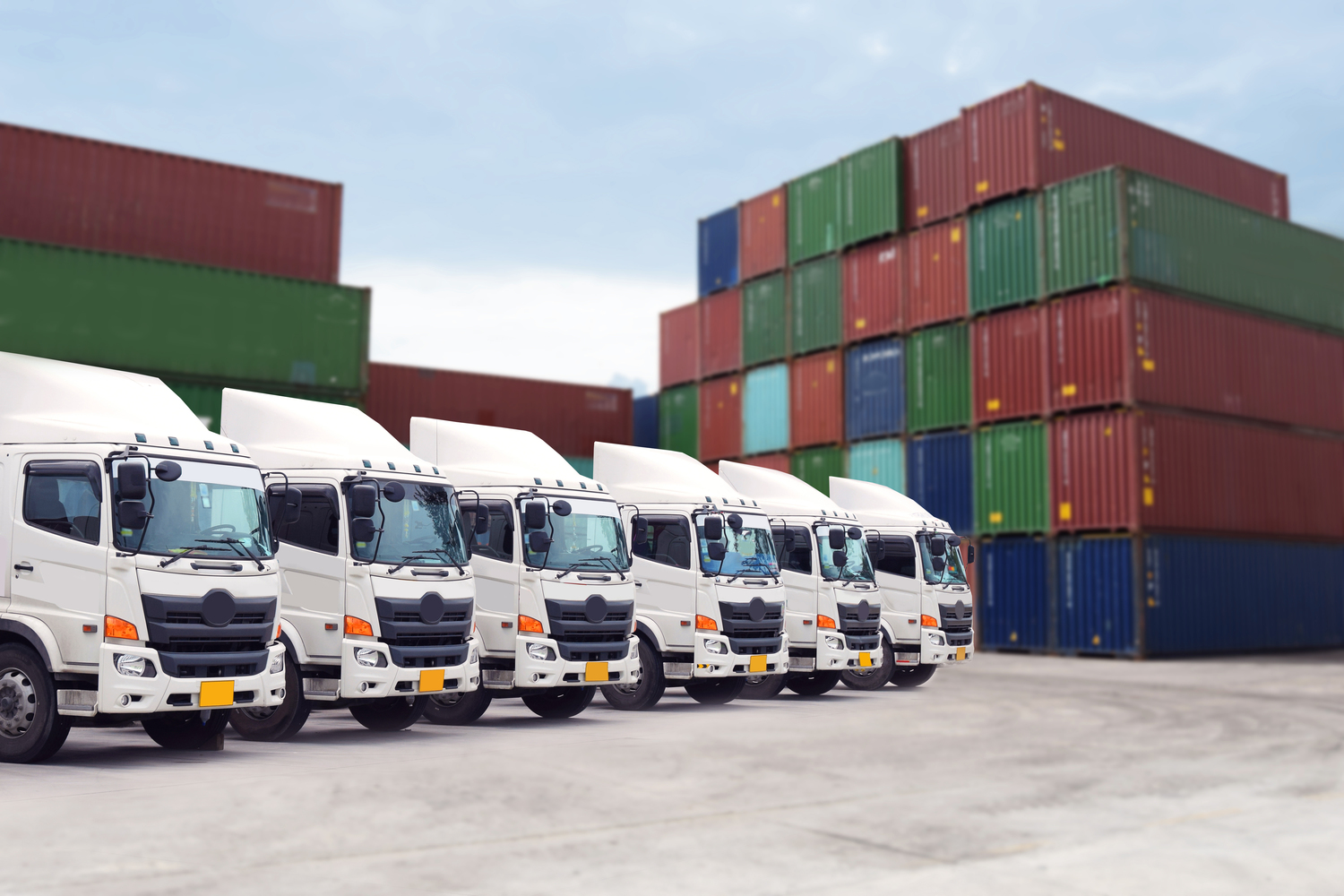Top 5 Leading Commercial Trucking Firms
Discover the top five leading trucking companies shaping the logistics industry with innovative technology, safety protocols, and eco-conscious practices. These industry leaders offer diverse services, extensive networks, and focus on sustainable growth, setting benchmarks for future transportation solutions worldwide.
Sponsored

The commercial trucking sector is essential to global logistics, facilitating the efficient movement of goods over long distances. Recognizing the top players in this industry highlights key areas such as innovation, safety, and service excellence. This article profiles the five most prominent trucking companies known for their technological advancements, reliable service, and commitment to eco-friendly practices, establishing industry benchmarks and shaping future transportation trends.
1. J.B. Hunt Transport Services, Inc.
Overview:
Founded in 1961, J.B. Hunt is a major North American trucking leader, based in Lowell, Arkansas. Its diversified offerings include intermodal, dedicated contract services, and integrated logistics solutions.
Core Strengths:
– Intermodal Logistics: Pioneering integrated rail and trucking solutions to promote eco-friendly and efficient freight movement.
– Cutting-Edge Technology: Utilizes the J.B. Hunt 360 platform for real-time capacity matching, route optimization, and cost savings.
– Environmental Responsibility: Initiatives aimed at reducing carbon emissions and enhancing fuel efficiency, earning sustainability awards.
2. Schneider National, Inc.
Overview:
Established in 1935 and headquartered in Green Bay, Wisconsin, Schneider offers comprehensive transportation and logistics services, including truckload, intermodal, and integrated solutions.
Strengths:
– Wide Service Range: A one-stop shop covering diverse transportation needs.
– Safety Emphasis: Prioritizes driver training and safety protocols, maintaining a strong safety record.
– Data-Driven Operations: Leverages analytics and predictive tools to boost efficiency and customer satisfaction.
3. Knight-Swift Transportation Holdings Inc.
Overview:
Formed from the 2017 merger of Knight Transportation and Swift, this Phoenix-based giant leads U.S. trucking with extensive coverage, including dry, refrigerated, and dedicated freight services.
Core Advantages:
– Large Scale Network: Thousands of tractors and trailers ensure broad geographic coverage and high-volume capacity.
– Customer-Focused: Builds client loyalty through tailored freight solutions and dedicated services.
– Operational Efficiency: Applies economies of scale and continuous process improvements for high service standards.
4. Werner Enterprises, Inc.
Overview:
Founded in 1956 in Omaha, Nebraska, Werner is a key logistics provider offering diverse freight services, including dedicated, expedited, and cross-border transportation.
Strengths:
– Service Diversity: Addresses various shipping needs with specialized options.
– Technology Integration: Uses Werner EDGE to optimize fleet management and improve customer interactions.
– Driver Development: Focuses on driver training and retention to ensure consistent service quality.
5. Landstar System, Inc.
Overview:
Based in Jacksonville, Florida, Landstar operates with a unique non-asset business model, established in 1988, delivering integrated transportation management solutions.
Key Highlights:
– Asset-Light Structure: No ownership of trucking hardware allows flexible scaling and focuses on logistics solutions.
– Network of Agents & Carriers: Collaborates with independent agents and capacity providers for versatile freight handling.
– Niche Services: Specializes in heavy haul, hazardous materials, and temperature-sensitive shipping.
Conclusion
The leading trucking firms—J.B. Hunt, Schneider, Knight-Swift, Werner, and Landstar—set industry standards through innovation, safety, and sustainability efforts. Their expansive networks and technological advancements position them for continued growth, shaping future transportation modes and efficiencies.






